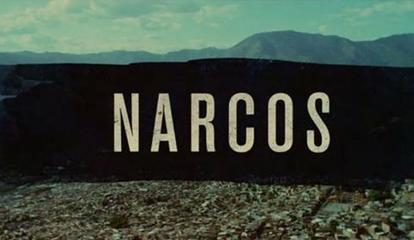
I Carry You With Me is an epic cross generational, border crossing love story that hops between Puebla in Mexico and New York in the USA. It’s shot across three time periods: the present in NY, the past in Puebla, and the distant past reflected in childhood memories. The majority of the film takes place in the middle where Ivan and Gerardo meet. It contains the bulk of the film’s emotion and narrative. However, the cuts to the present imbue it with nostalgia by situating it in the past. It makes it feel like a dream period for the couple that contrasts with the uncertainty of their lives in the present.
The style also contributes to the dream like qualities of the middle period. Like Wong Kar-wai’s In the Mood for Love, Heidi Ewing uses a lot of color filters to imbue warmth and feeling to I Carry You With Me. Instead of warm reds and oranges, there’s greens, oranges, and blues that create a world that feels unique and special. It captures the excitement of their romance. Also like In The Mood for Love, there’s food. A plate of Chile en Nogada replaces a bowl of hot steaming noodles. Chile en Nogada being one of Puebla and Mexico’s most iconic dishes and one that is notoriously hard to make. It both situates their romance and symbolizes their love.
The portrayal of Puebla also challenges the typical American Dream narrative presented in U.S.-Mexico films. It depicts a Mexican city full of warmth, beauty, and life to contrast with the lonely, bleak, coldness of New York. In this film, the U.S. is not the land of opportunity that it is often depicted to be. Instead of leaving to escape poverty, they leave for the opportunity to start a new life.
I Carry You With Me is not without it’s own cliches. There’s the gay guy with the female best friend and another who’s best friend is a flamboyant drag queen. Then there’s the haunting memories of the first time their fiercely patriarchal families put them down. Obviously not all families in Mexico are like this, and whilst I don’t doubt these events happened to the real Ivan and Gerardo, they feel like exploitative throw in scenes designed to evoke sympathy and emotion. However, despite the cliches,I Carry You With Me is a brilliantly romantic portrayal of generation and border crossing love.
Head to our AFI Fest Hub for more reviews and short films from AFI Fest 2020.





You must be logged in to post a comment.